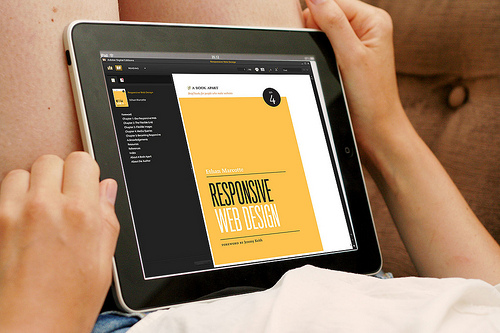A sidewalk shopper, carrying numerous bags and a notion to spend money, passes by a cluster of storefronts, but only one of the stores hosts a sidewalk sign. Noticing the bright colors along with the notion of a ‘weekend sale,’ the shopper quickly enters the front door.
The anecdote relates to offline consumer behavior, but online behavior is similar. Those who get consumers to notice, creating an impulse to buy, make more sales. Making good impressions is inextricably related to effective web design.
Quality orators agree: it’s not just what one says but how one says it. Website design is the same; having a website is not enough, like hosting a storefront. The properties need to allure interests, inviting consumer interaction. We’re also providing Website Designing Course. you can join us any time.
Web design has more to do with intrigue and revenue production than one may initially think; consider a number of related elements.

Initial Attraction
Picture grocery store cereal aisles. A number of brands entice young kids with colorful cereal boxes, often hosting (Affiliate link) a fun and intriguing mascot or character aligned with the brand.
Web design does the same for web browsers; colorful cereal boxes do for young cereal eaters as good design does for browsers. Host intriguing visual elements to further invite curiosity and a final sale. Marketers spend sufficient amounts of time on choosing colors, shapes, and logos for brands, all elements of web design, understanding the causal relationship between intriguing visual elements and click-through rates.
Practical Implementation
Elements of style are hugely important, yet web browsers host separate and varying quests. A site’s web design must help fulfill the quest of the browser, whether that relates to reading information, buying a shoe, or comparing prices for flights. Other than artistic allure, web design addresses practical use.
For example, a comparison shopper benefits from knowing the price of a particular product. However, it would be more helpful if the comparison engine allowed browsers to modify the list according to location, delivery options, acceptance of credit cards, etc. Web browsers are better serviced not only by how design looks but also how design facilitates site use.
Professional Impression
How would you dress for a job interview? Most professionals wear a suit and tie or dress to job interviews, expressing a sense of professionalism, presaging the waged impressions of interviewers. Browsers make judgment based on appearance too.
Browsers have high numbers of choices regarding desired services and products; how a site looks in comparison to competitors is crucial. Good web design makes an immediate and lasting impression (Affiliate link) on visitors, helping them make the decision as to whether to seek service from one brand or another. No webmaster wants a site to look like a person arriving to an interview in jeans and a baseball cap. Web design creates an impression, and browsers are the judge.
Competitor Equality
Visualization makes an impression. Imagine a teen in need of a rock t-shirt. One vendor offers thousands of selections within a three-story warehouse. Another offers a few hundred, renting space underneath a corner record store. First impressions may direct the shopper in the direction of the bigger store, assuming the larger store has more to offer (though there is no immediate logic in the assumption). Online, small vendors can appear just as ‘grand’ as larger vendors with the aid of great web design.
The offline assumption relates to size and appearance, but online, the size of a vendor’s company does not matter as much as initial appearance and subsequent selection. Good design facilitates equality; regardless of the number of services or products, every brand has an equal share regarding available resources, which help make a great impression. Even if one vendor hosts a thousand pages and another ten, the smaller vendor, the one who devotes more resources toward web design, will make the better impression.
Browser Satisfaction
Good web design is not about aesthetics alone, and it’s not solely related to function. Good web design helps browsers solve a task, the reason they’re browsing in the first place. Search engines rank pages and domains regarding a number of factors, such as incoming links and regular traffic. Engines also take note on how well a clicked result helps a browser solve a problem.
For example, two sites, offering women’s shoes, may address satisfaction differently. One hosts a number of selections exclusively from the brand; if a shopper does not like any of the in-brand shoes, they’re likely to go back to the results page. However, the second site, offers selections from its brand as well as a number of other brands; though a browser does not opt to buy shoes from the site, they use it as a shopping resource. Engines ‘read’ how well sites help browsers, awarding more authority to the second site for aiding the online user.
Web design involves a lot more than specific colors, shapes, and aesthetic detail. Online design constantly works, intriguing browsers, presenting the ‘we’re open’ sentiment, inviting consumers to become one-time or lifelong advocates. The consistency and intensity of advocacy directly relates to the efficiency of design. Great design:
– Attracts shoppers, alluring with colorful images and sharp design
– Acknowledges the quest of particular browsers
– Makes a professional impression
– Levels the field of competition
– Helps browsers solve a problem or complete a task
For Your Health & Happiness

Delhi Courses Academy is a leading institute offering the best digital marketing course in Delhi, known for its practical training, affordable fees, and industry-focused curriculum. With 15+ certifications, 100% placement assistance, and hands-on projects, it prepares students for real-world challenges.

